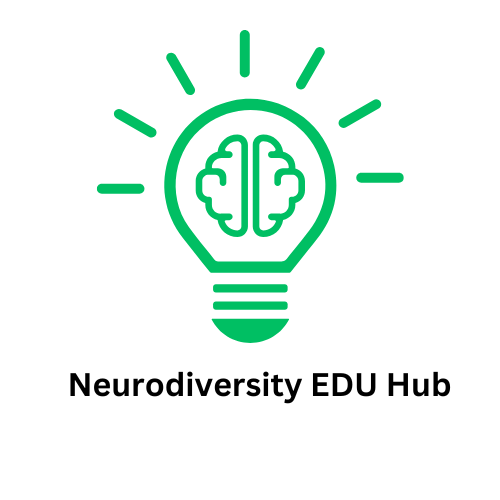
Discovering the Melodies in Silence: Sid Ramaswamy’s Journey
In the heart of California, a remarkable story unfolds through the strings of a violin. Siddharth (“Sid”) Ramaswamy, a student at the University of California, Santa Cruz, is not just a musician—he is a beacon of hope and talent, navigating the world of music while on the autism spectrum and primarily using an Augmentative and Alternative Communication (AAC) device. His journey of mastering the violin, particularly the intricacies of South Indian Classical Music (Carnatic Music), speaks volumes about perseverance and passion.
Transforming Challenges into Triumphs
Siddharth’s life didn’t begin with the tools to express himself. As Sid recounts, he struggled with verbal communication from a young age. Describing how words felt like “buzzing in his head,” he faced numerous challenges in accessing education that catered to his unique learning style. Attempts at traditional schooling failed to provide the necessary support, leading his family to homeschool him. It was only at age fourteen, after discovering spelling as a communication method, that Sid found his voice—a moment that changed his life.
The transformative power of communication extends beyond mere words; it is the gateway to expressing thoughts, desires, and creativity. Sid credits the week-long training workshop in Austin as the turning point where he began to articulate his inner thoughts through spelling, making it possible for him to thrive academically and artistically.
The Healing and Unifying Power of Music
Long before mastering spelling, Sid was immersed in the world of Carnatic music, introduced by his familial ties to musicians. His father, a student of the renowned Carnatic violinist Maestro Lalgudi Jayaraman, passed on the rich tradition of music to Sid, nurturing his talent and love for the violin. Despite his communication challenges, Sid was able to learn and express himself musically, underpinning the idea that music is a universal language.
His lessons in violin were not just about learning notes and rhythms; they were about building bridges of understanding between him and his teachers. Sid explains that the rapport he built with his aide, who transcribed his thoughts during lessons, was crucial in mastering both a new skill and self-expression. “It’s like dancing,” he notes, illustrating how it takes practice to achieve harmony between teacher and learner.
Turning Passion into Purpose
Today, Sid's aspirations are clear: he aims to become not just a musician but a music teacher, making music accessible for all, especially those like him. His vision extends beyond personal achievement; it encompasses a desire to inspire others to pursue their passions regardless of the barriers they face. The dream of making music inclusive stems from his personal journey—highlighting that the path may be fraught with challenges, but it's also paved with opportunities for joy and connection.
Creating a More Inclusive World Through Music
As educators and leaders in the community, it is essential to recognize and foster an environment where diverse communication methods and learning styles are respected and encouraged. The intersection of neurodiversity and the arts offers valuable lessons: inclusivity allows individuals like Sid to share their talents and perspectives, enriching our collective experience.
Embracing diverse forms of expression in educational settings not only benefits neurodiverse students but also enhances the learning environment for everyone. Music education can serve as a crucial tool in bridging gaps, providing comfort, and fostering understanding across different neurological experiences.
Inspiring Action: What You Can Do
In a society that strives for inclusivity, educators and parents are called to advocate for meaningful opportunities for all students. This includes fostering creative outlets, such as music or art, where children can thrive through their unique communication styles. Simple actions—like incorporating music therapy into your curriculum or community programs—can create impactful changes that resonate beyond individual experiences.
As you reflect on Sid’s inspiring journey, consider how you can support neurodiverse individuals in your schools and communities. Engaging with innovative approaches and advocating for tailored educational experiences can cultivate an environment where every child is encouraged to shine.
In conclusion, Sid Ramaswamy's story is not only about mastering the violin; it’s about mastering life through music and communication. By understanding and supporting diverse learning styles, we can create a world where every individual has the opportunity to express themselves fully.
Let’s take actionable steps together to make music a universal platform for connection and expression!
 Add Row
Add Row  Add
Add 




Write A Comment